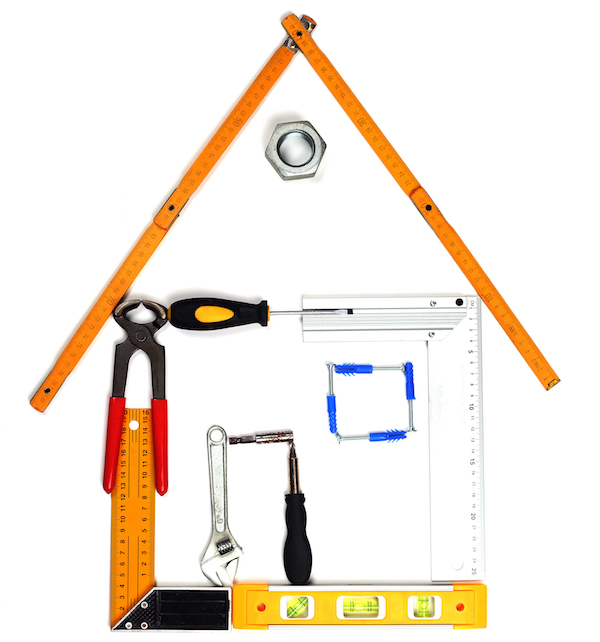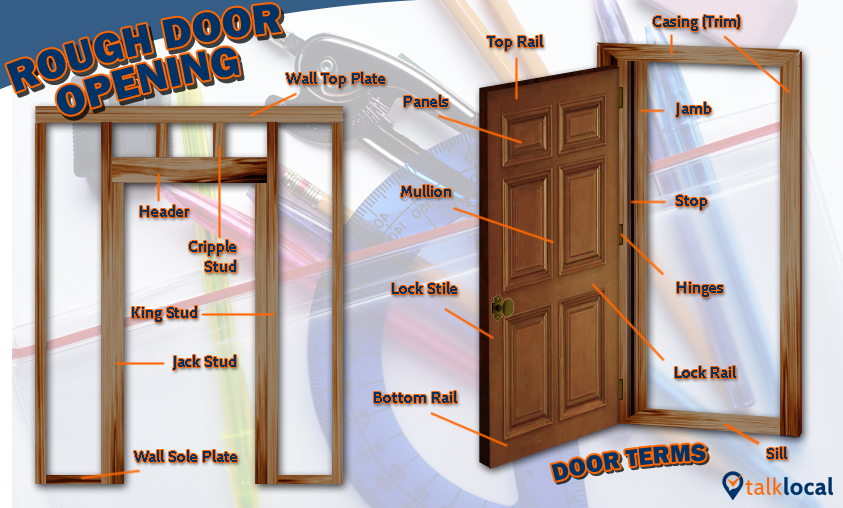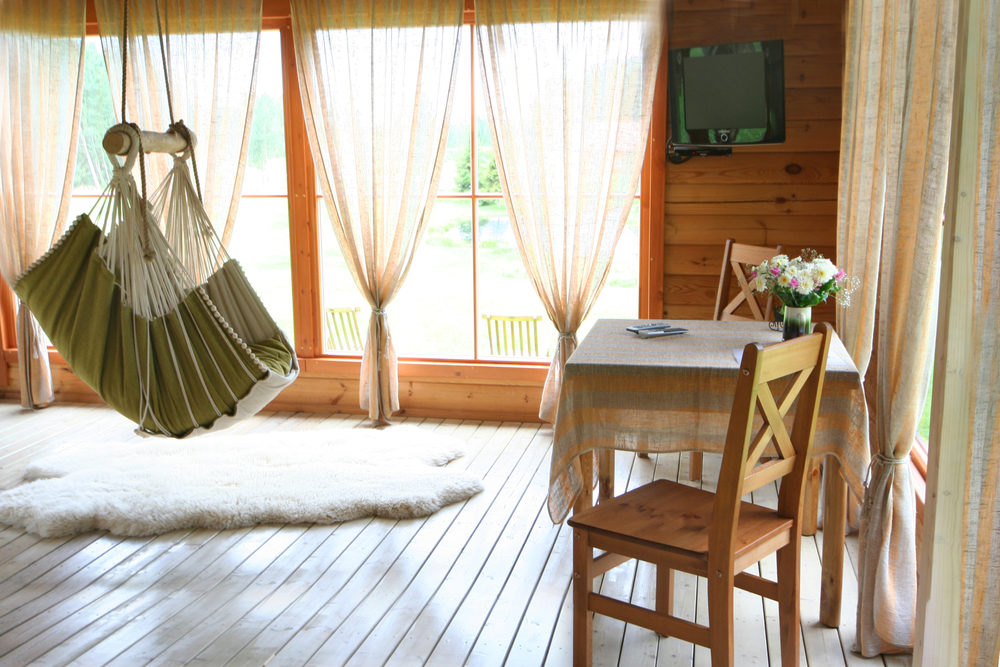
When planning for retirement, we often think about how much money we need to save to retire comfortably. That’s great financially, but what about physically? It takes a lot of time and energy to maintain a home and as we age, we may not have the same amount of energy to dedicate to it due to health reasons. If you or a loved one plan on aging at home, here a few things to consider to make your “golden years” as enjoyable as possible.
Hand rails. Adding hand rails near the toilet and bath tub add extra security when standing up, helping to prevent falls.
Non-slip bath mat. A non-slip bath mat is always a good idea in the shower or bathtub to help prevent slips and falls.
Ramps. If your loved one uses a wheelchair or walker, adding a ramp to the front door will make entering and exiting the home much easier.
De-clutter. Sell or donate unnecessary items around the house. Keep hallways and floors free from extras to prevent an accidental fall.
Medical Alert Device. Having one of these can make a big difference in the case of an emergency, medical or otherwise, especially if your loved one is a fall risk.
Standing Tub. These can be a bit pricey but offer all of the benefits of a hot bath with the convenience/safety of a shower stall.
Lawn Care Professional. Yard work can be physically demanding, especially if you have a large one. Hiring someone to take care of the manual stuff leaves you with more time and energy to enjoy the outdoors.
Check Wiring. Your home’s wiring should be checked every few years to make sure everything’s up to standard; the average lifespan of your home’s wiring is 40 years.
Tack down rugs. Make sure you tack down the corners of rugs to help prevent falls. Adding shelf lining underneath rugs and carpet prevents sliding.
Stair Lift. Walking up and down the stairs can become a real chore in one’s later years. A stair lift helps to make the entire home accessible.
Widen Doors. This is especially helpful if a wheelchair is needed in the home. The cost for this type of project varies greatly. Pricing depends on the number of doors as well as other home structure factors, such as load-bearing walls.
Lever Style Door Knobs. Something as simple as turning a knob can be quite painful for someone who suffers from arthritis. Something as simple as changing door knobs makes a huge difference.
Lighting. Our eyes tend to weaken as we age, so having a well-lit home is important. Adding trellis/tracking lights to the stairs as well as night lights to the bedroom makes things safer for that nightly visit to the restroom.
Security System. Not only do security systems deter burglars from breaking and entering, they help put your loved one’s mind at ease, especially if they live alone.
If you find that you or a loved one could benefit from these home updates, you don’t have to go it alone. Call TalkLocal and we’ll connect you with a local pro who can help.













